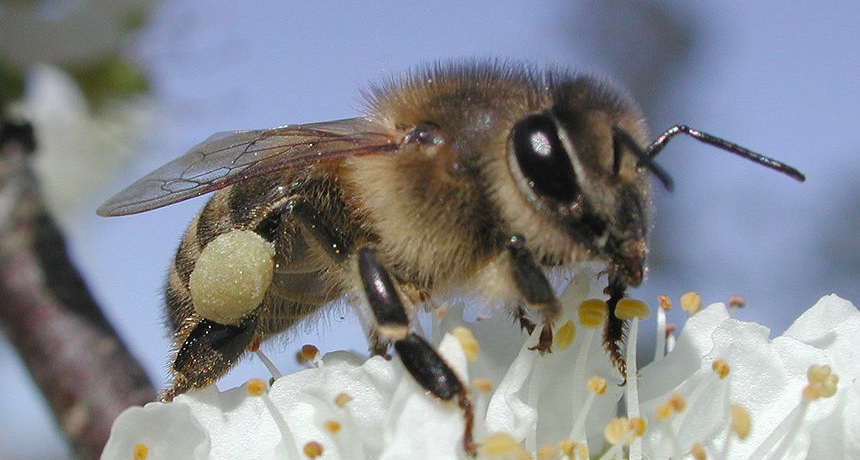Scientists Say: Parthenogenesis

If no queen is about, this honey bee can lay unfertilized eggs, a form of parthenogenesis. But these eggs will only hatch into male drones.
Anthere/Wikimedia Commons

If no queen is about, this honey bee can lay unfertilized eggs, a form of parthenogenesis. But these eggs will only hatch into male drones.
Anthere/Wikimedia Commons